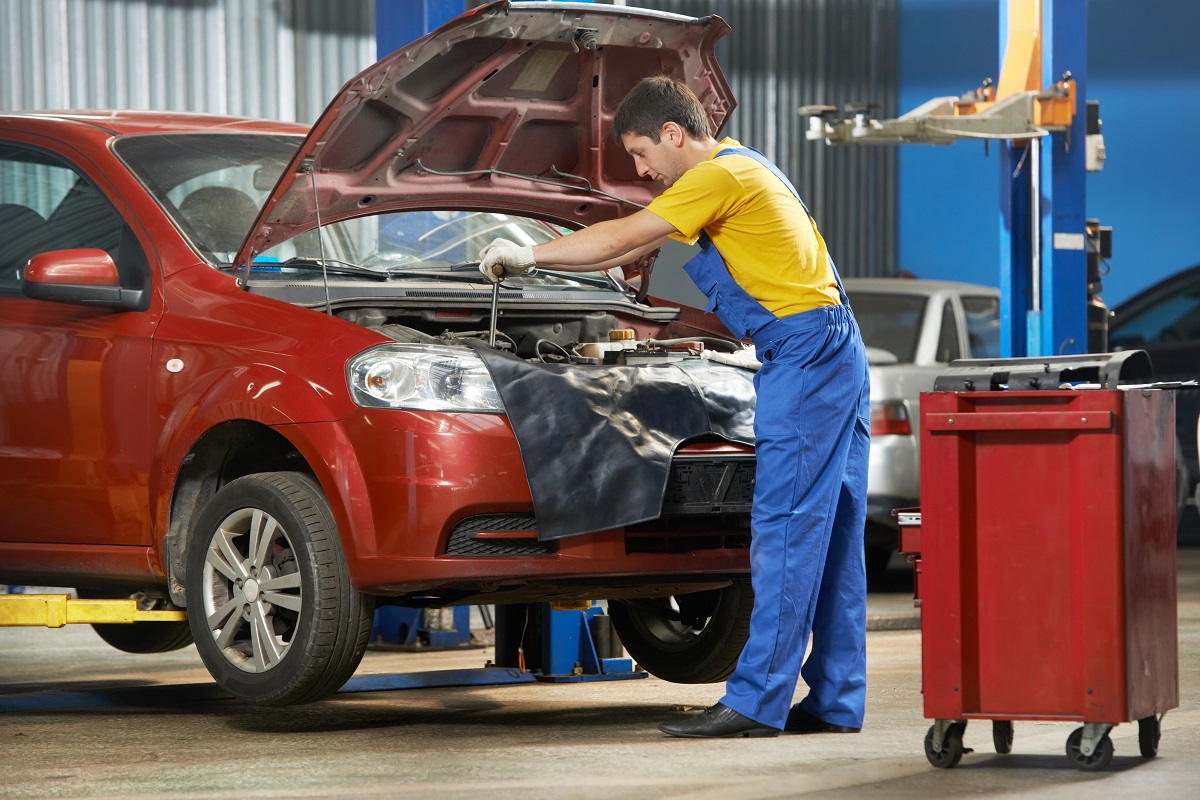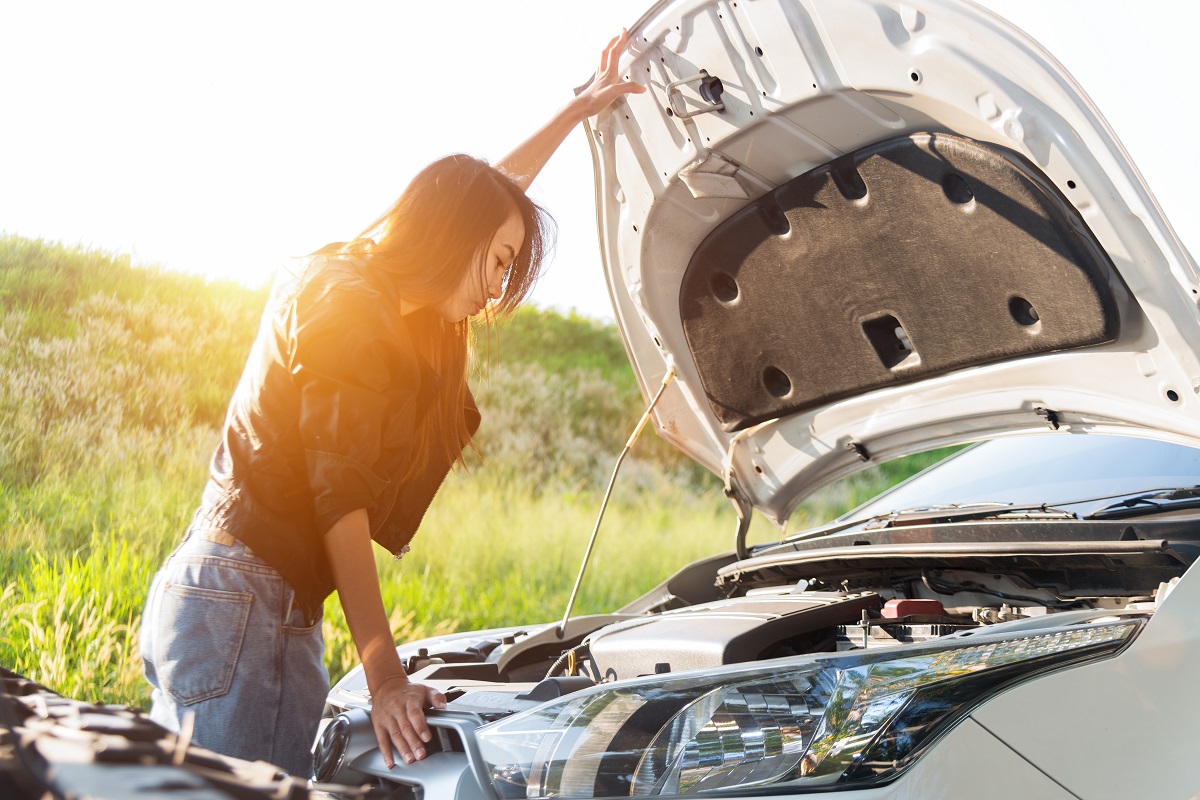A Simple Guide to Car Maintenance

A vehicle is easily one of your most significant investments. However, due to several complex components involved, it’s not like other types of investments. A car needs to be maintained almost all the time—weekly, monthly, and yearly.
Without proper maintenance, accidents are likely to happen. The US Department of Transportation estimates that the annual economic cost of car crashes is over $240 billion.
Regularly car maintenance can be quickly done in your garage, but what are some costly mistakes that you should avoid?
1. Forgetting about necessary car fluids
While changing the motor oil is at the top of many drivers’ car maintenance list, other fluids should also be checked regularly. These include:
- Brake fluid – otherwise known as hydraulic fluid, it is essential in enabling the car to slow down when you push against the brake pedal.
- Transmission fluid – used to lubricate the gear system and other parts of the car transmission.
- Engine coolant – ensures that the car engine does not overheat amid high temperatures and heavy usage.
- Power steering fluid – this is also a hydraulic fluid that helps in the car’s overall function. In this case, the fluid helps you quickly turn the steering wheel when driving.
If these fluids aren’t replaced frequently enough, it might keep your car from functioning at an optimal level.
2. Checking car mileage, but not tire wear and tear
Checking mileage is vital in knowing when you should take your car to professionals for tune-ups. But the next time you take a look at the odometer, don’t forget to check the state of the tires as well.
The wear and tear on wheels is correlated to car mileage. Depending on the type of vehicle you own, when past a particular mileage, the rubber on wheels can become severely worn out. Don’t wait for worn-out tires to inconvenience you at an inopportune time.

Additionally, make sure to check if you have imbalanced tires. One of the signs of the latter issue is steering wheel instability (often rocking back and forth) when reaching a certain speed. This is a problem that can lead to accidents.
A wheel-balancing machine for your car can help you correct imbalanced tires. They come in several types, depending on your vehicle requirements.
3. Not practicing safety when checking the battery
This might seem obvious, but you’d surprised at how many car owners forget basic safety protocols.
While you might hear some car experts say that the electrical current coming from your car isn’t fatal, you can still experience shocks and sustain injuries. If not, the next thing you’d have to worry about is generating tiny sparks that can cause wire overheating or electrical fires.
First, turn off the car engine when you’re checking the battery and other electrical components. Then make sure to wear gloves before getting your hands on the parts. Disconnect and then isolate the battery’s negative cable to remove the possibility of shocks.
It’s understandable for drivers to resort to do-it-yourself (DIY) solutions now and then, especially for basic maintenance and minor issues. DIY is cost-effective and straightforward. However, it would be a grave mistake to rely on such a strategy all the time.
When serious car issues arise, don’t hesitate to bring your car to automotive experts. Ultimately, professional servicing can help you safeguard your investment.




